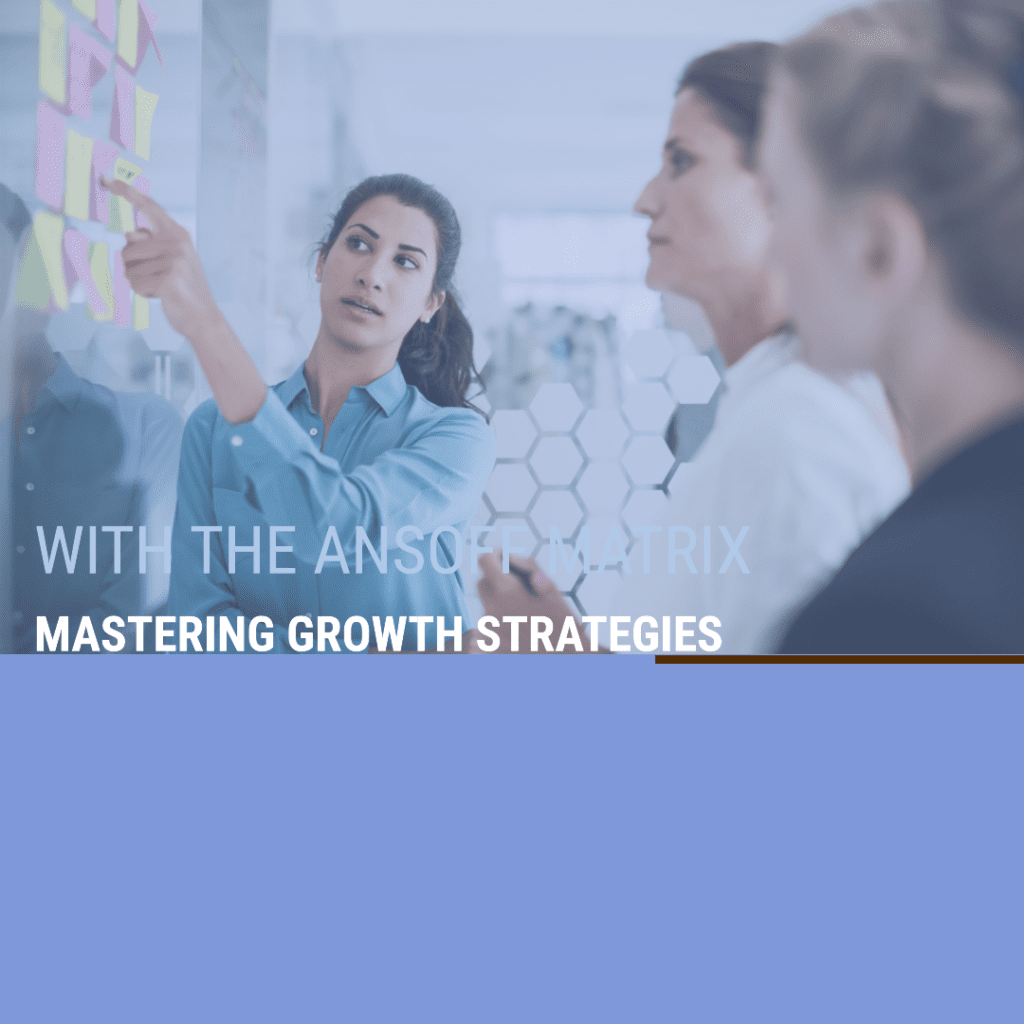The pharmaceutical industry thrives on innovation, constantly developing new drugs and treatments. But how do companies decide where to invest their resources for optimal growth? Enter the Ansoff Matrix, a strategic tool that helps navigate market expansion. Here’s a breakdown of the Ansoff Matrix tailored specifically for the world of pharmaceuticals:
Understanding the Ansoff Matrix:
The Ansoff Matrix is a 2×2 grid that analyzes growth strategies based on two key factors:
- Products: Existing vs. New Products
- Markets: Existing vs. New Markets
This creates four quadrants, each representing a distinct growth strategy:
1. Market Penetration:
- Focus: Selling existing drugs to existing markets (think core customer base).
- Strategies: Increase brand awareness, enhance marketing efforts, offer loyalty programs, and encourage repeat prescriptions.
- Pharmaceutical Example: A company with a well-established diabetes medication might launch a new marketing campaign targeting primary care physicians to encourage them to prescribe the medication more frequently.
2. Product Development:
- Focus: Developing new drugs for existing markets (think filling unmet medical needs in your current patient population).
- Strategies: Invest in research and development (R&D), leverage existing brand reputation, and conduct clinical trials for new drug formulations or indications.
- Pharmaceutical Example: A company with a successful cholesterol medication might develop a new, longer-lasting version of the same drug to cater to patient needs and improve medication adherence.
3. Market Development:
- Focus: Selling existing drugs to new markets (think expanding your reach to new patient populations or geographical regions).
- Strategies: Obtain regulatory approval in new countries, explore partnerships with local distributors, and tailor marketing messages to new patient demographics.
- Pharmaceutical Example: A company with a life-saving cancer treatment might explore entering new markets in developing countries where access to such treatments might be limited.
4. Diversification:
- Focus: Developing new drugs for entirely new markets (think venturing into new disease areas or healthcare sectors).
- Strategies: Invest heavily in R&D, potentially acquire new companies or technologies, and establish expertise in new therapeutic areas.
- Pharmaceutical Example: A company specializing in cardiovascular drugs might decide to invest in research and development for a new Alzheimer’s disease treatment, venturing into a completely new therapeutic area.

The Ansoff Matrix in Action:
https://swandigitals.com/web-stories/pharma-marketing-2024-grow-your-pharma-business-with-these-hacks/The ideal growth strategy depends on various factors like a company’s resources, risk tolerance, and market conditions. Here’s how pharmaceutical companies might leverage the Ansoff Matrix:
- A well-established company with a strong R&D budget might prioritize both Product Development (e.g., new drug formulations) and Market Development (e.g., entering new markets) to maintain growth.
- A smaller company with limited resources might focus on Market Penetration (e.g., increasing sales of existing drugs) while strategically investing in Product Development of a single promising new drug.
Remember: The Ansoff Matrix is a valuable tool, but it’s not a one-size-fits-all solution. Carefully analyze internal and external factors to determine the most suitable growth strategy for your pharmaceutical company.

Additional Considerations for Pharma:
- Regulatory hurdles: Bringing new drugs to market involves navigating a complex regulatory landscape, which can impact both Product Development and Market Development strategies.
- Competition: The pharmaceutical industry is highly competitive. Carefully analyze existing competitors and potential new entrants when formulating your growth strategy.
- Ethical considerations: The pharmaceutical industry has a responsibility to develop safe and effective drugs. Ethical considerations should be paramount throughout the development and marketing process.
By understanding the Ansoff Matrix and its application in the pharmaceutical industry, you can make informed decisions about growth strategies and navigate the dynamic world of drug development and marketing.



